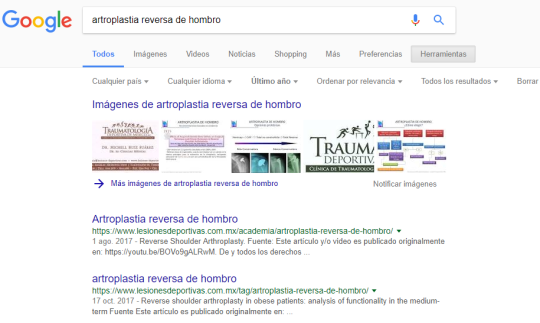Incidencia de eventos adversos en adultos sometidos a sedación para procedimientos en el servicio de urgencias: revisión sistemática y metaanálisis.
Incidence of Adverse Events in Adults Undergoing Procedural Sedation in the Emergency Department: A Systematic Review and Meta-analysis.
Bellolio MF1,2, Gilani WI1, Barrionuevo P3,2, Murad MH3,2, Erwin PJ4, Anderson JR1, Miner JR5,6, Hess EP1,2.
Acad Emerg Med. 2016 Feb;23(2):119-34. doi: 10.1111/acem.12875. Epub 2016 Jan 22.
Abstract
OBJECTIVES: This was a systematic review and meta-analysis to evaluate the incidence of adverse events in adults undergoing procedural sedation in the emergency department (ED). METHODS: Eight electronic databases were searched, including MEDLINE, EMBASE, EBSCO, CINAHL, CENTRAL, Cochrane Database of Systematic Reviews, Web of Science, and Scopus, from January 2005 through 2015. Randomized controlled trials and observational studies of adults undergoing procedural sedation in the ED that reported a priori selected outcomes and adverse events were included. Meta-analysis was performed using a random-effects model and reported as incidence rates with 95% confidence intervals (CIs). RESULTS: The search yielded 2,046 titles for review. Fifty-five articles were eligible, including 9,652 procedural sedations. The most common adverse event was hypoxia, with an incidence of 40.2 per 1,000 sedations (95% CI = 32.5 to 47.9), followed by vomiting with 16.4 per 1,000 sedations (95% CI = 9.7 to 23.0) and hypotension with 15.2 per 1,000 sedations (95% CI = 10.7 to 19.7). Severe adverse events requiring emergent medical intervention were rare, with one case of aspiration in 2,370 sedations (1.2 per 1,000), one case of laryngospasm in 883 sedations (4.2 per 1,000), and two intubations in 3,636 sedations (1.6 per 1,000). The incidence of agitation and vomiting were higher with ketamine (164.1 per 1,000 and 170.0 per 1,000, respectively). Apnea was more frequent with midazolam (51.4 per 1,000), and hypoxia was less frequent in patients who received ketamine/propofol compared to other combinations. The case of laryngospasm was in a patient who received ketamine, and the aspiration and intubations were in patients who received propofol. When propofol and ketamine are combined, the incidences of agitation, apnea, hypoxia, bradycardia, hypotension, and vomiting were lower compared to each medication separately. CONCLUSIONS: Serious adverse events during procedural sedation like laryngospasm, aspiration, and intubation are exceedingly rare. Quantitative risk estimates are provided to facilitate shared decision-making, risk communication, and informed consent.
|















